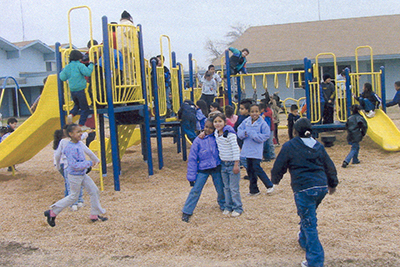SPIRIT LANGUAGES
One of the unique features of the Humanists is that - in addition to English, French or Spanish - they speak the long-dead languages of ancient cultures.
Read why - and how - this came to pass...
|
speaking to the ancients Julius Schumacher believed that the loss of indigenous cultures was an immense tragedy for humanity, and that children should be taught about the lost cultures and beliefs with the same emphasis as that given to mathematics, computer programming and science.
But first, these languages needed to be learned by the early Humanist pioneers. In the early years of the Humanist communities, the ticket to entry as a card-carrying Humanist became the mastery of an extinct, primitive language. This language became known as the Humanist's "spirit language". For the first time since the Zionist movement in Israel over a century earlier, a group of Western idealists were spending their time learning an ancient language and it bringing it back to life. Only this time, it was not one language. It was dozens of languages. Jessica Goodrich established a rule early on in Tuckers Corner that each resurrected language should be spoken by at least ten people but no more than fifty people. She wanted to make sure that there were enough speakers to converse in the language, but that no language should monopolize the community at the expense of others. |
|
dead languages back to life To the surprise of the grown-up Humanists, their children took to these ancient languages with gusto. This may have been helped by another rule established by the early Humanists: that the "spirit language" learned by a child should be different from that spoken by either of the parents. The goal of this rule was to maintain a diversity of thinking even within a family structure, and to avoid a family becoming too associated with a particular cultural tradition. An inadvertent result of this rule, however, was to make the spirit languages more attractive to the children.
So it was that after a couple of decades in Tuckers Corner, for the first time in modern history, young children in the school playground could be heard speaking to each other in languages such as Nez Perce, Mayan, Quechua, the San click language of the Bushmen and the Warlpiri language of the Australian aborigines, among many others. A casual stroller in the playground at the Tuckers Corner middle school or high school might hear "Ta'c meeywi , manaa wees", "Kuja kalapalanyanu" or "rimarisacc chaymi sutin" being yelled by one teenager to another across the usual din of children at play. [Read how the Humanists commemorate the ancient cultures on Ancestor Days] |





 He believed that a child should be taught at least one language from an extinct culture. Only by learning such a language, Julius believed, could a person gain a truly intimate understanding of one of the cultures that had once
He believed that a child should be taught at least one language from an extinct culture. Only by learning such a language, Julius believed, could a person gain a truly intimate understanding of one of the cultures that had once  As a child began to learn a spirit language, at a young age, he or she would view it as something special, a "secret" language that could be spoken only with a few friends, and that no-one else could understand. This became a mark of independence and identity for the child as he or she grew up. Frequently, friendships formed between speakers of the same ancient language would become life-long bonds.
As a child began to learn a spirit language, at a young age, he or she would view it as something special, a "secret" language that could be spoken only with a few friends, and that no-one else could understand. This became a mark of independence and identity for the child as he or she grew up. Frequently, friendships formed between speakers of the same ancient language would become life-long bonds.